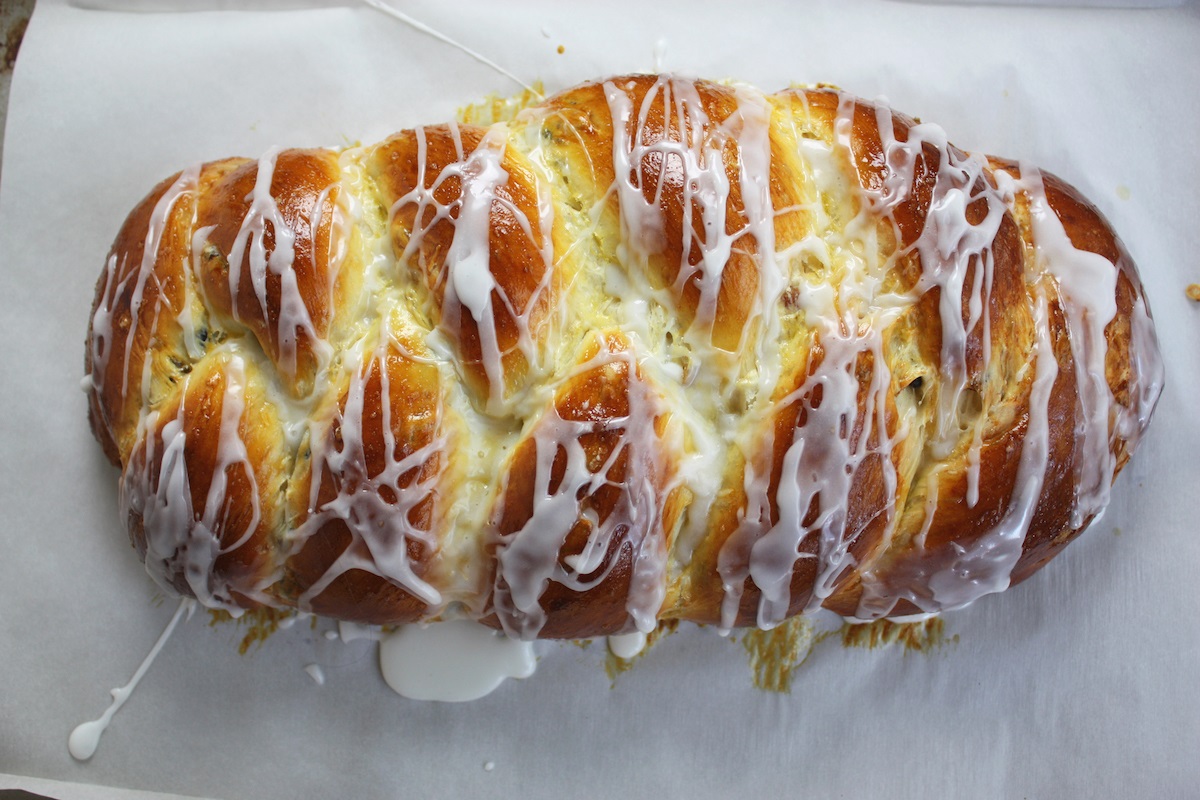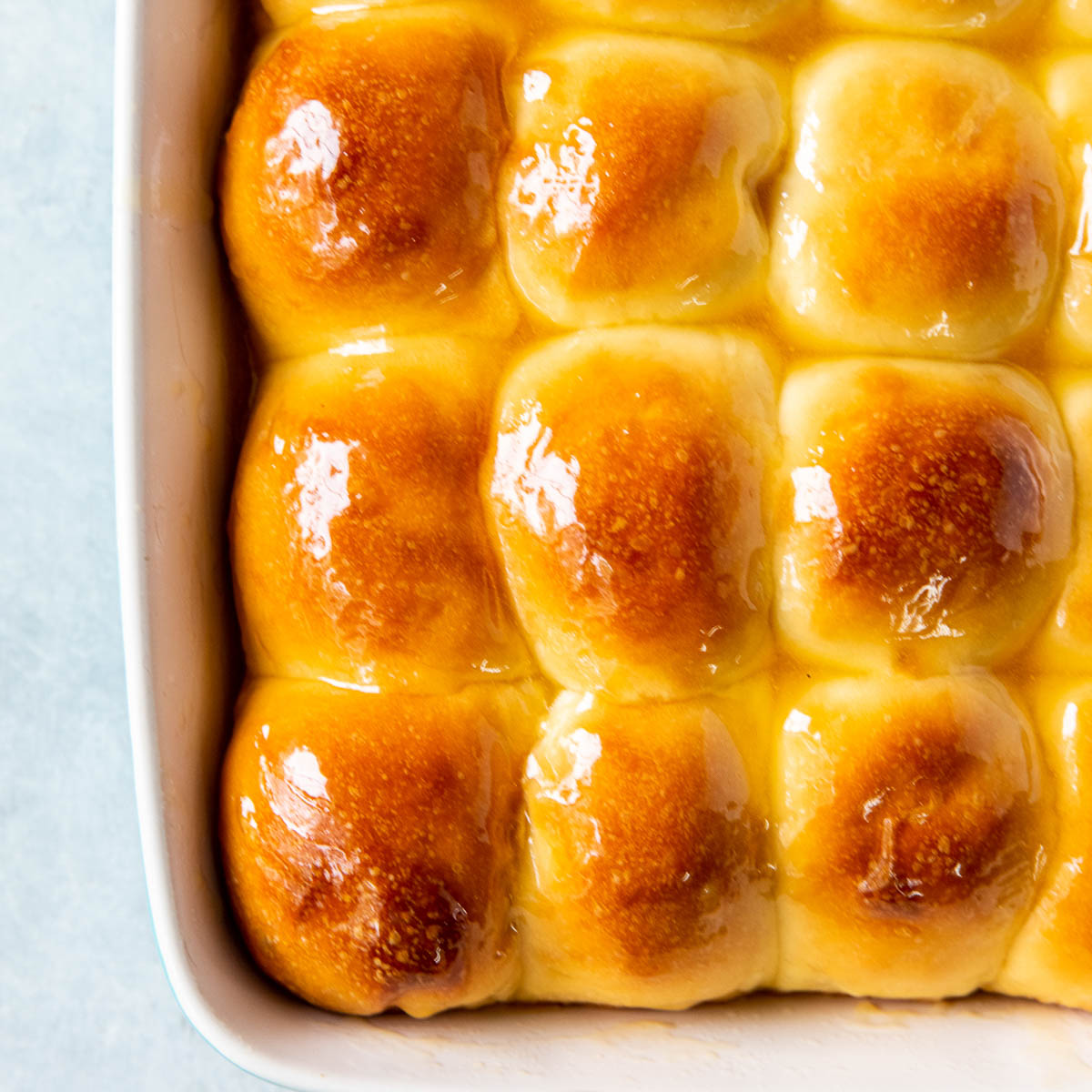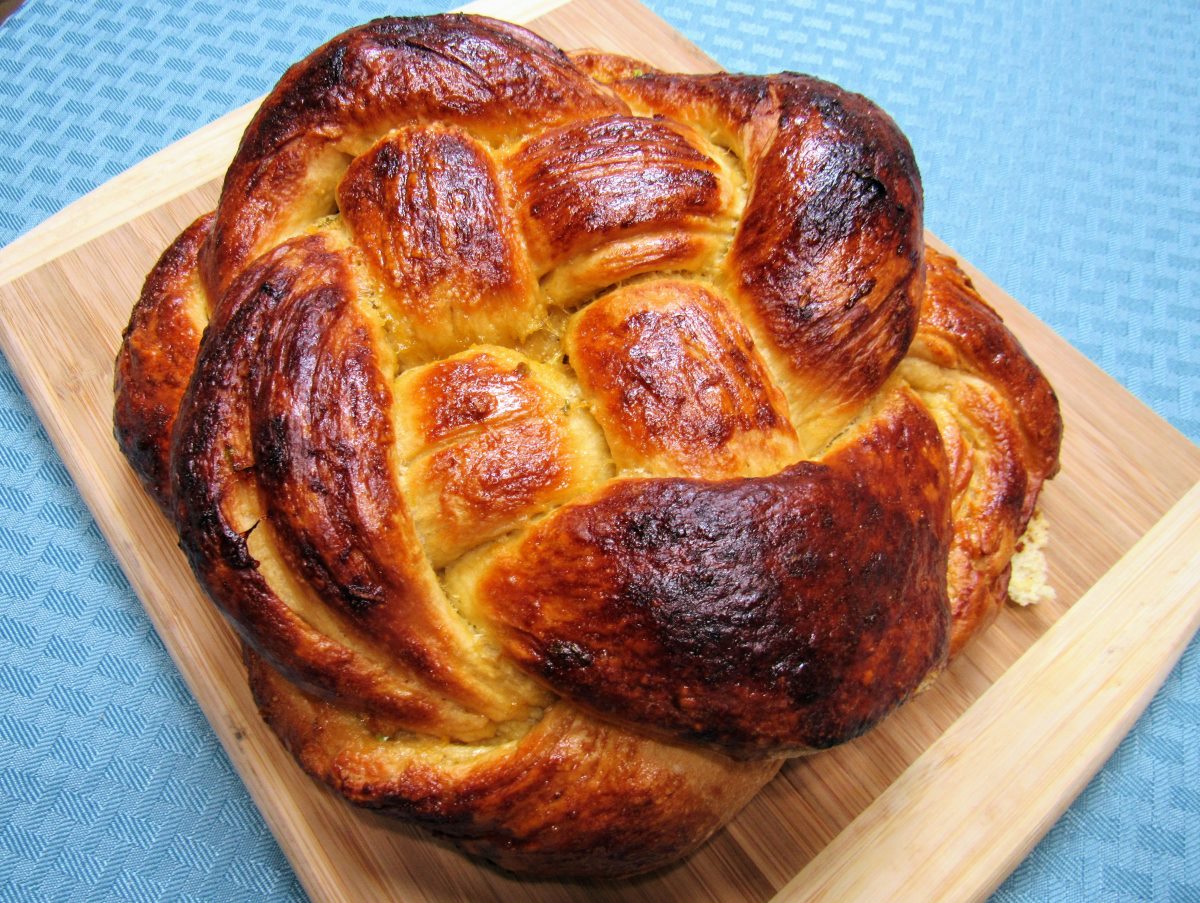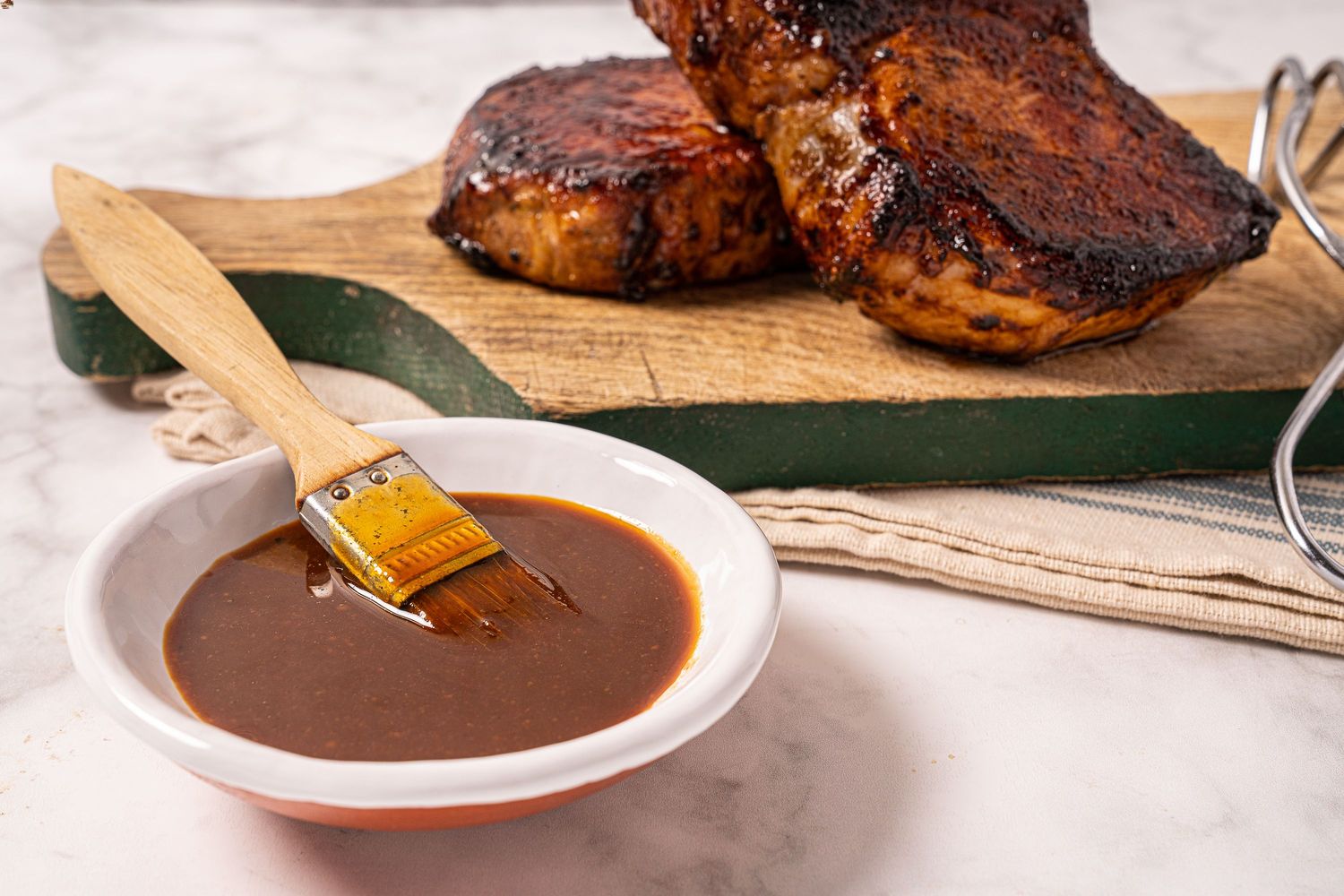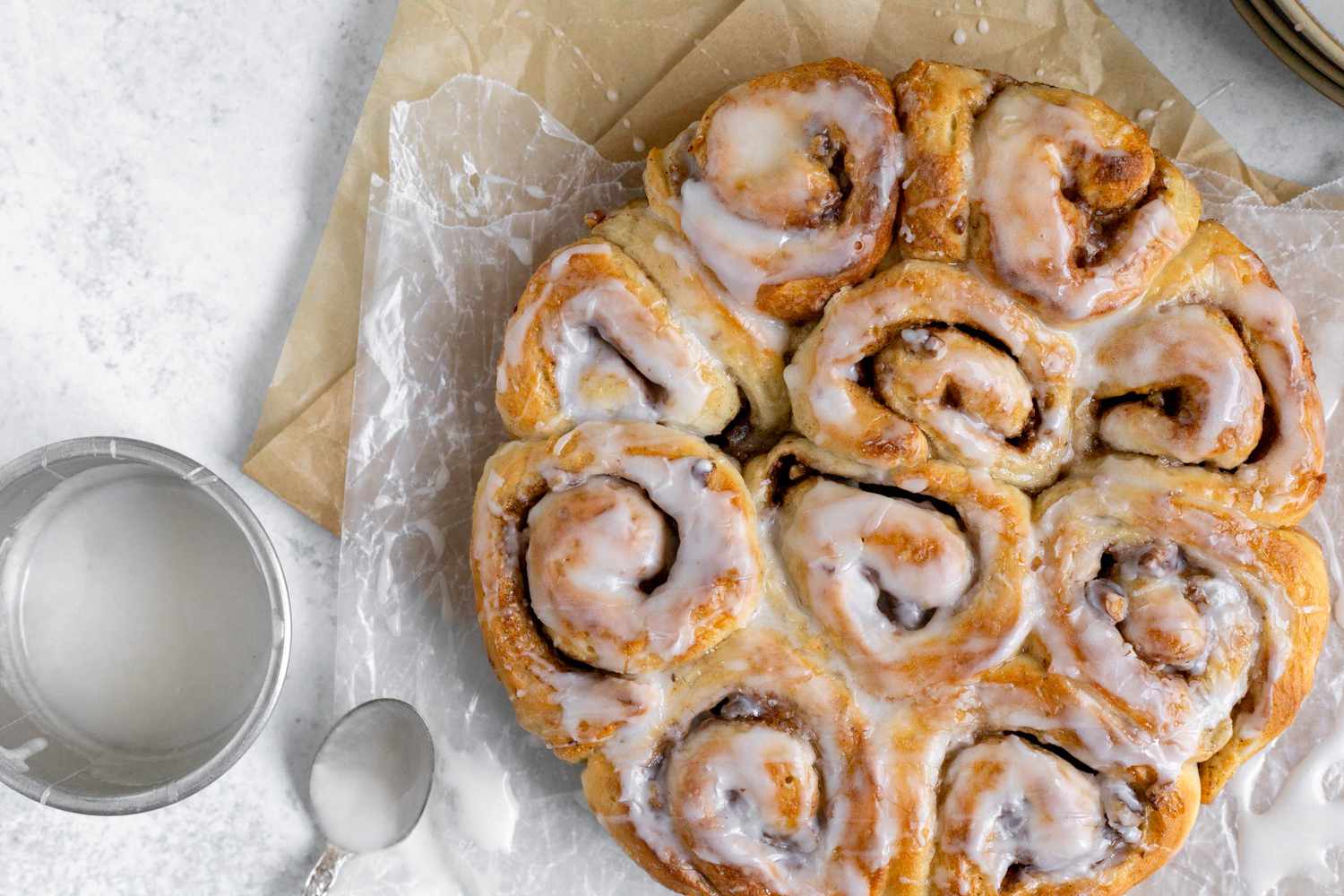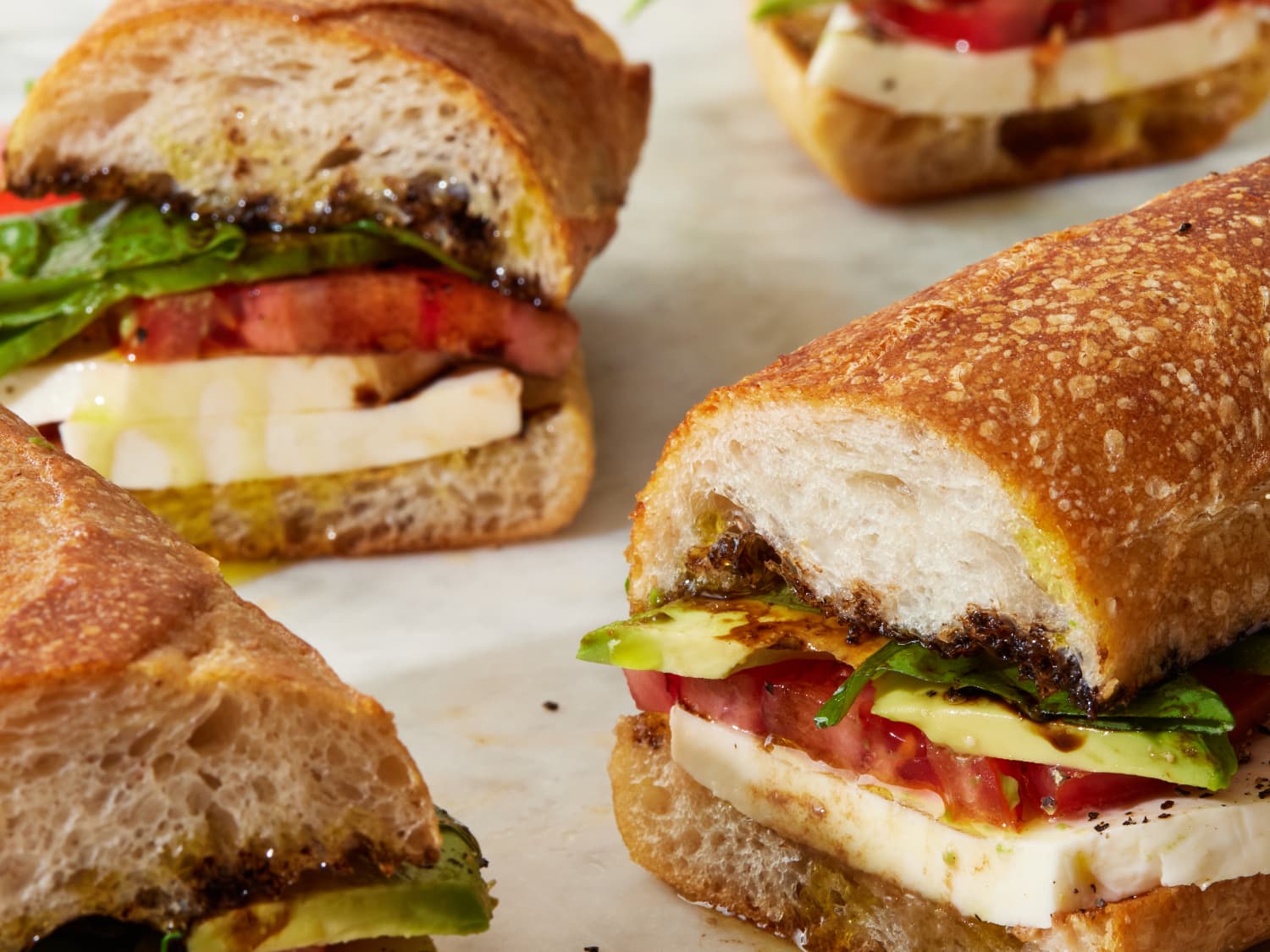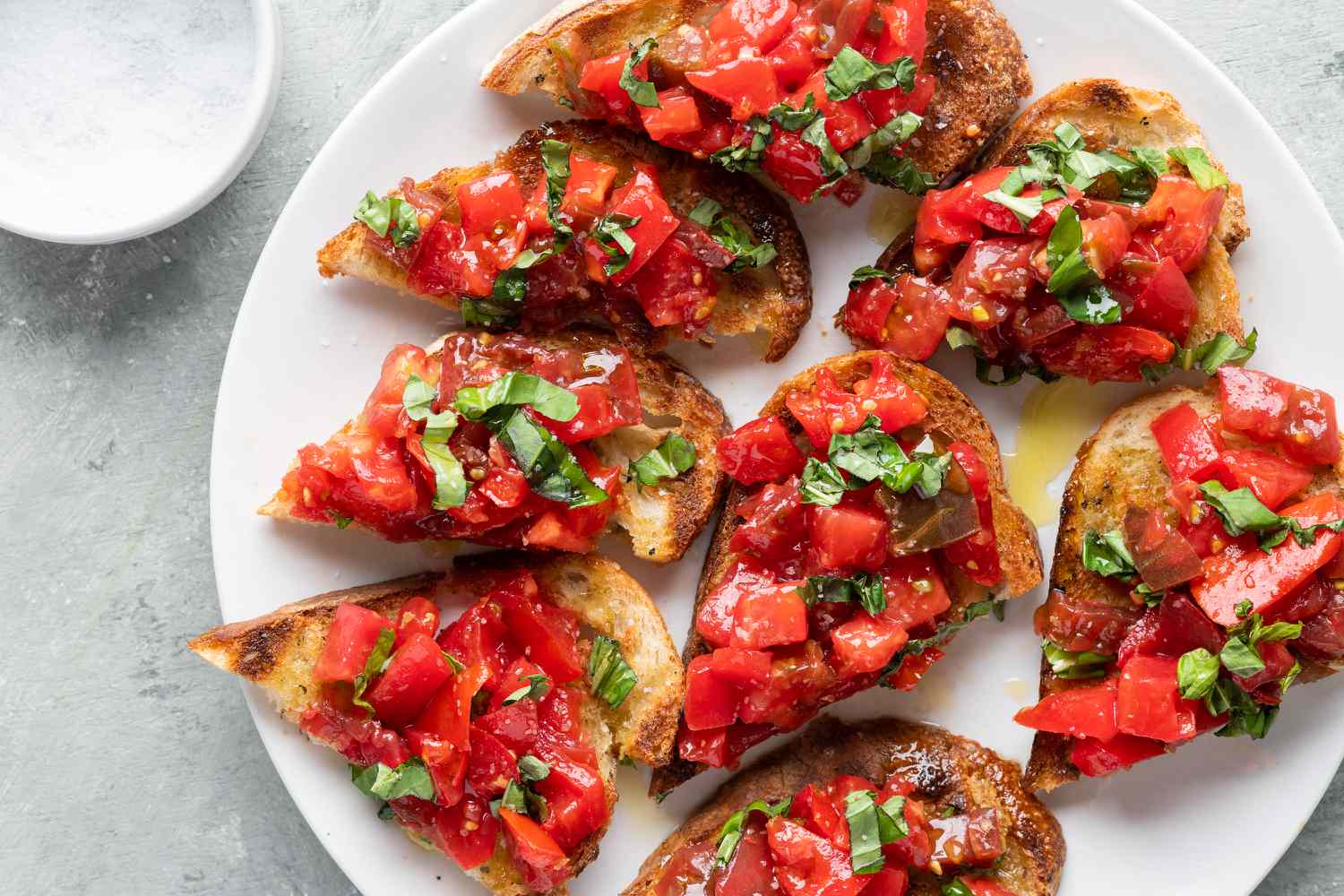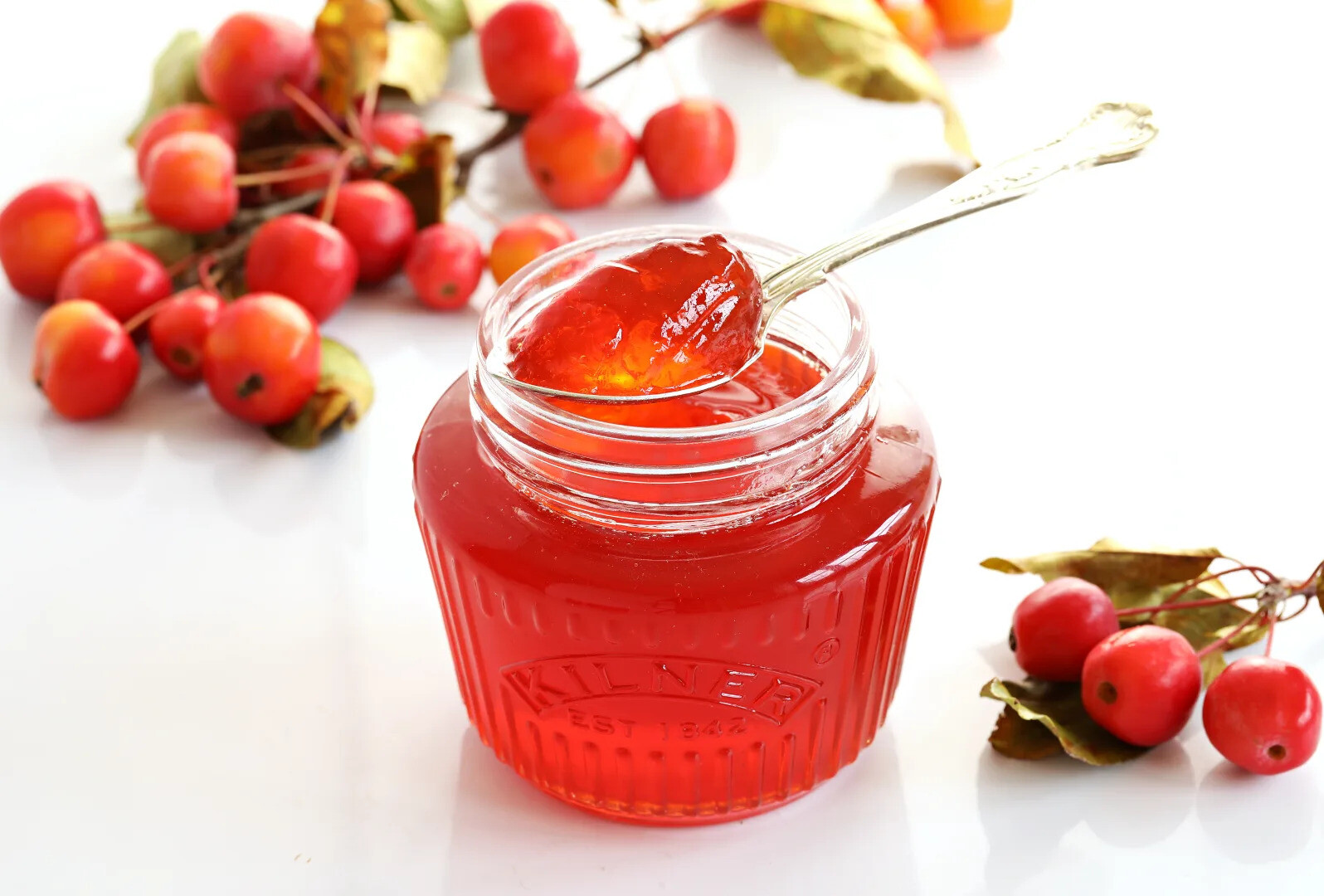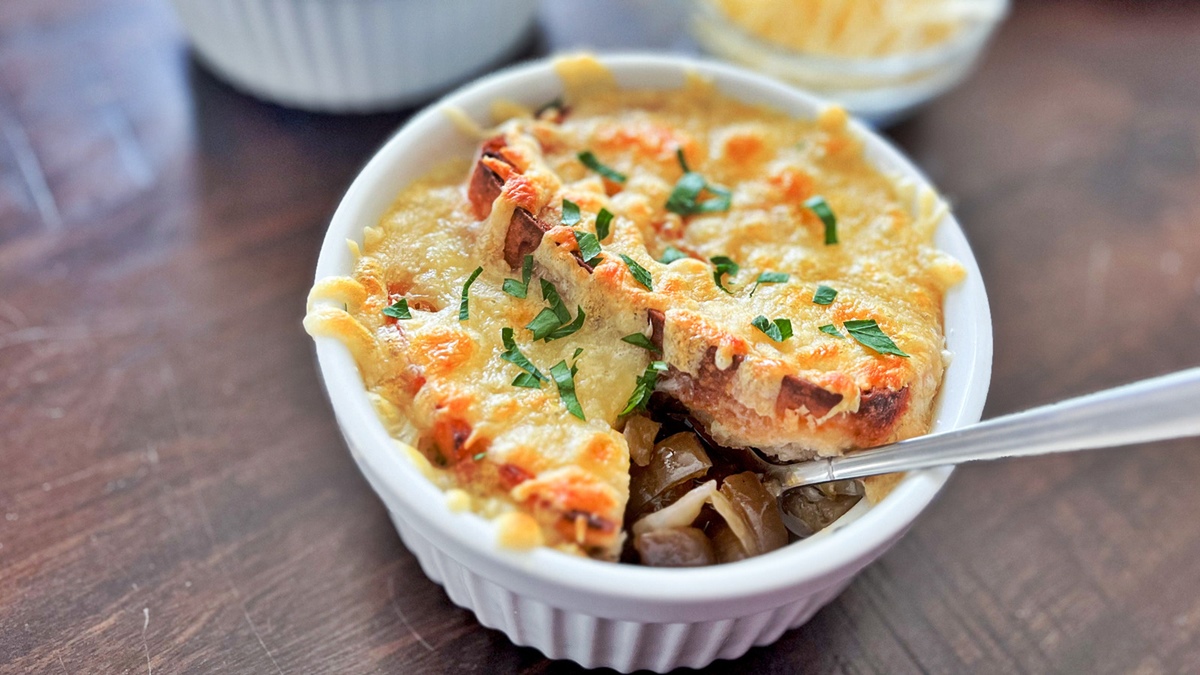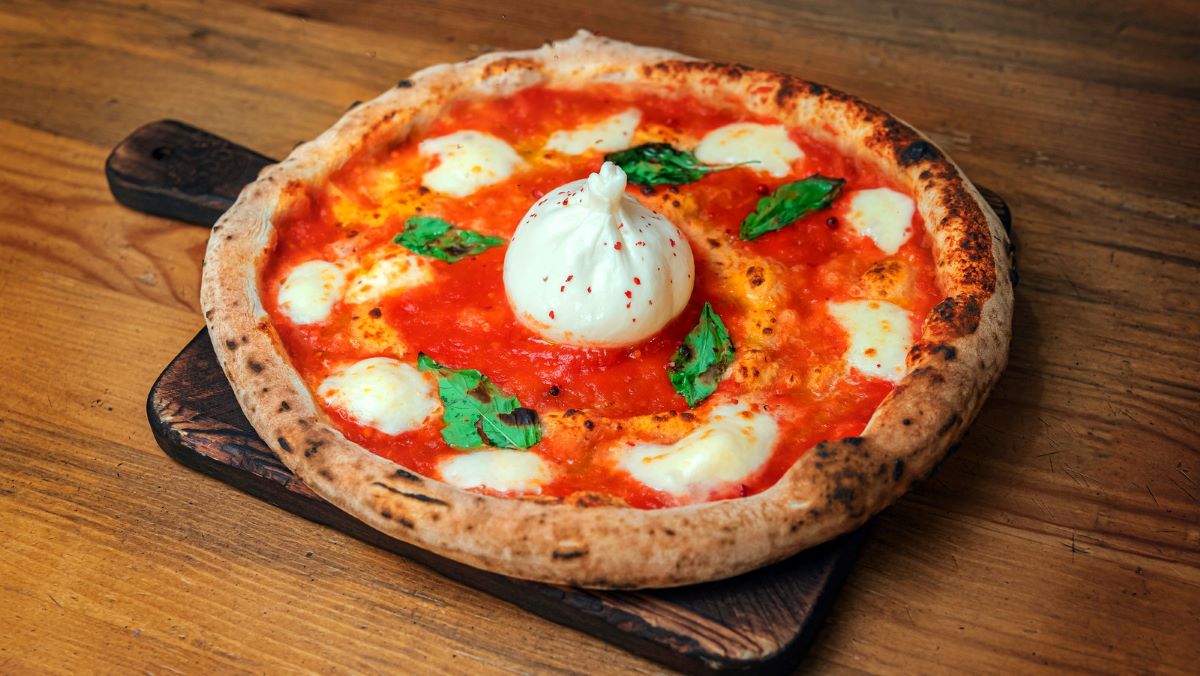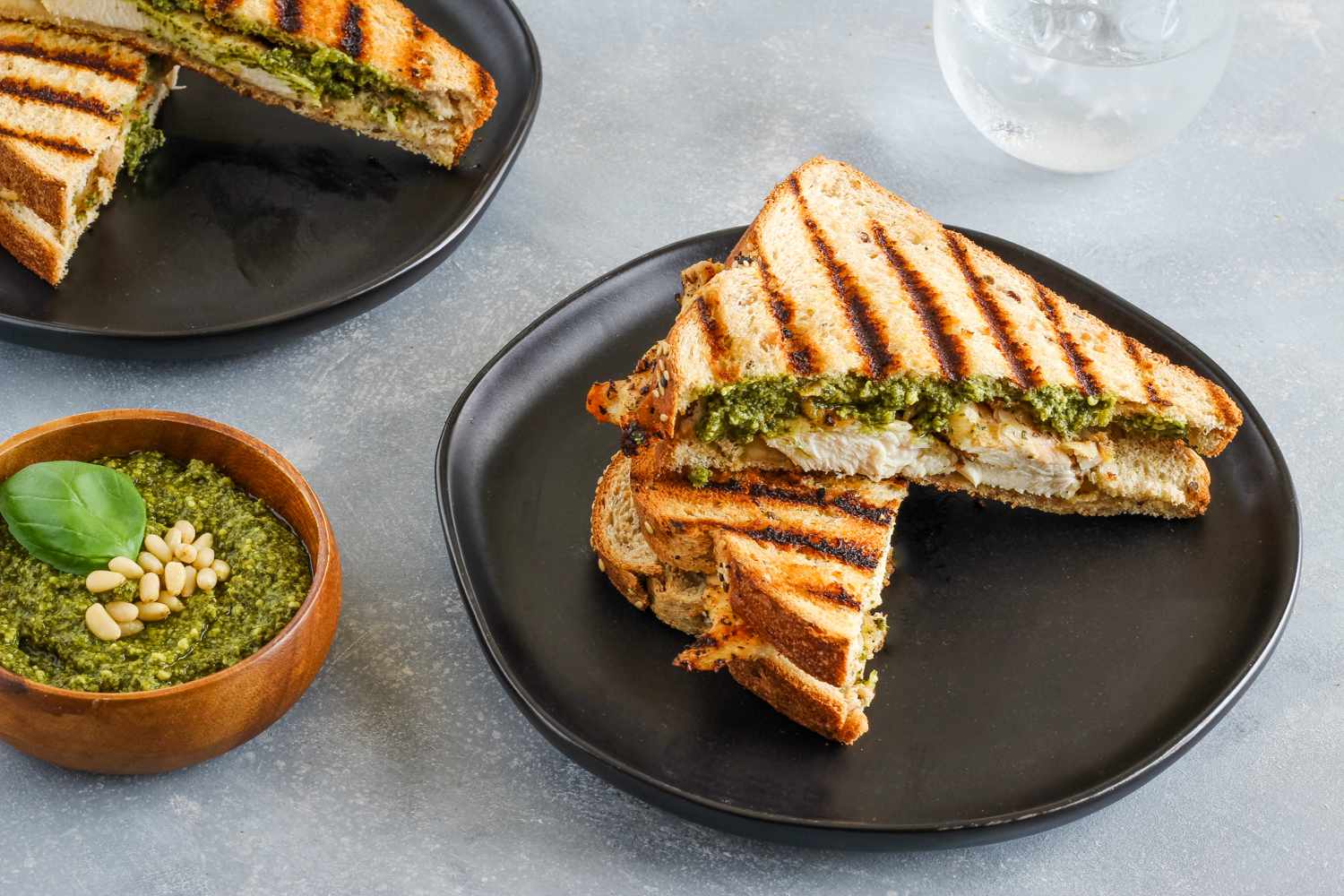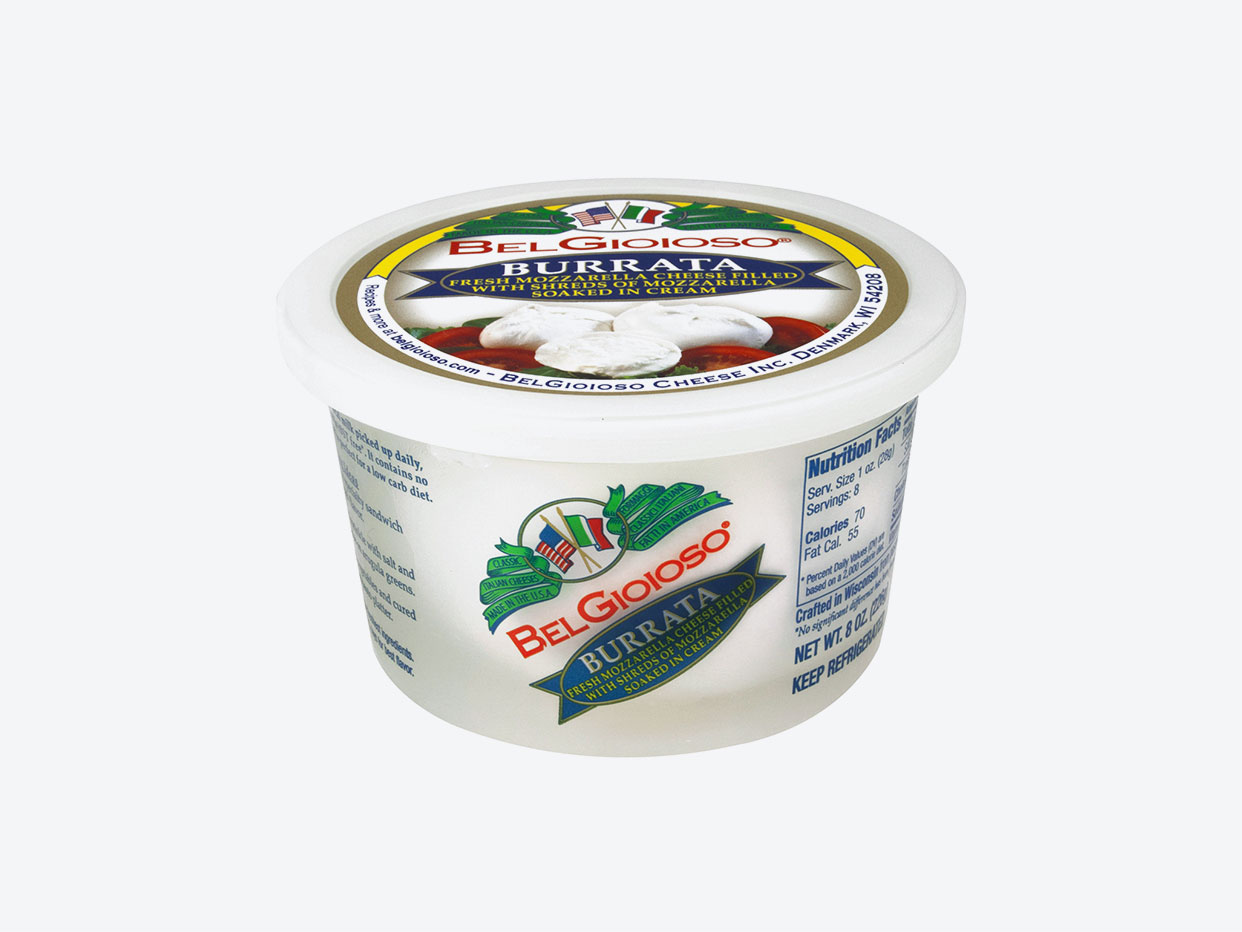Mastering the Art of Glazing Bread
There’s nothing quite like the aroma of freshly baked bread wafting through the kitchen. However, if you want to take your homemade bread to the next level, consider adding a glaze. A glaze not only enhances the appearance of the bread but also adds a delightful sweetness and shine to the crust. If you’re wondering how to glaze bread like a pro, you’ve come to the right place. Here’s a step-by-step guide to help you master the art of glazing bread.
Choosing the Right Glaze
Before you start glazing your bread, it’s important to choose the right type of glaze. There are several options to consider, including:
- Egg Wash: A classic choice for glazing bread, an egg wash creates a shiny, golden crust. To make an egg wash, simply beat an egg with a tablespoon of water until well combined.
- Milk: Using milk as a glaze can result in a softer, lighter crust. Simply brush a thin layer of milk onto the surface of the bread before baking.
- Sugar Syrup: For a sweet, glossy finish, consider brushing your bread with a sugar syrup after it comes out of the oven.
Applying the Glaze
Once you’ve chosen your glaze, it’s time to apply it to your bread. Follow these steps for a perfectly glazed loaf:
- Timing is Key: Wait until the bread is almost fully baked before applying the glaze. If you add the glaze too early, it may burn before the bread is done.
- Brushing Technique: Use a pastry brush to apply the glaze evenly over the surface of the bread. Be gentle to avoid deflating the dough.
- Multiple Coats: Depending on the desired effect, you may want to apply multiple coats of the glaze. Just be sure to do so quickly to avoid cooling the bread too much.
Experimenting with Flavors
While traditional glazes like egg wash and milk are popular choices, don’t be afraid to get creative with your glazing. Consider adding flavorings such as honey, maple syrup, or even a sprinkle of sea salt to elevate the taste of your bread. The possibilities are endless, so don’t hesitate to experiment with different flavors to find your signature glaze.
Final Touches
Once you’ve applied the glaze, return the bread to the oven to finish baking. Keep a close eye on it to ensure that the glaze sets to a beautiful, golden finish. When the bread is done, allow it to cool slightly before slicing into it and enjoying the fruits of your labor.
With these tips in mind, you’re well on your way to becoming a glazing pro. Whether you’re baking a simple loaf of sandwich bread or a festive holiday brioche, a well-executed glaze can take your bread from ordinary to extraordinary. So, roll up your sleeves, preheat the oven, and get ready to elevate your baking game with the art of glazing bread.
Was this page helpful?
standing desk
The FIZIBO height adjustable desk can also meet the use and adjustment of multiple scenes and multiple groups of people, such as sedentary office workers, creative workers, students, people with cervical and lumbar pain, and so on. https://www.fezibo.com/collections/height-adjustable-desk Working from home sure is en vogue these days, but not every home is conducive to work. That all changes when you've got a standing desk behind...err, in front of you.FEZIBO Crank standing desk small helps create a better work environment by allowing you to move throughout your day. By manually turning the crank to raise your desk, on the one hand, your wrists are effectively moved, and you are refreshed during long work. On the other hand, switching between different postures of standing and sitting will promote work efficiency and keep your mind more active. https://www.fezibo.com/collections/small-standing-desk
